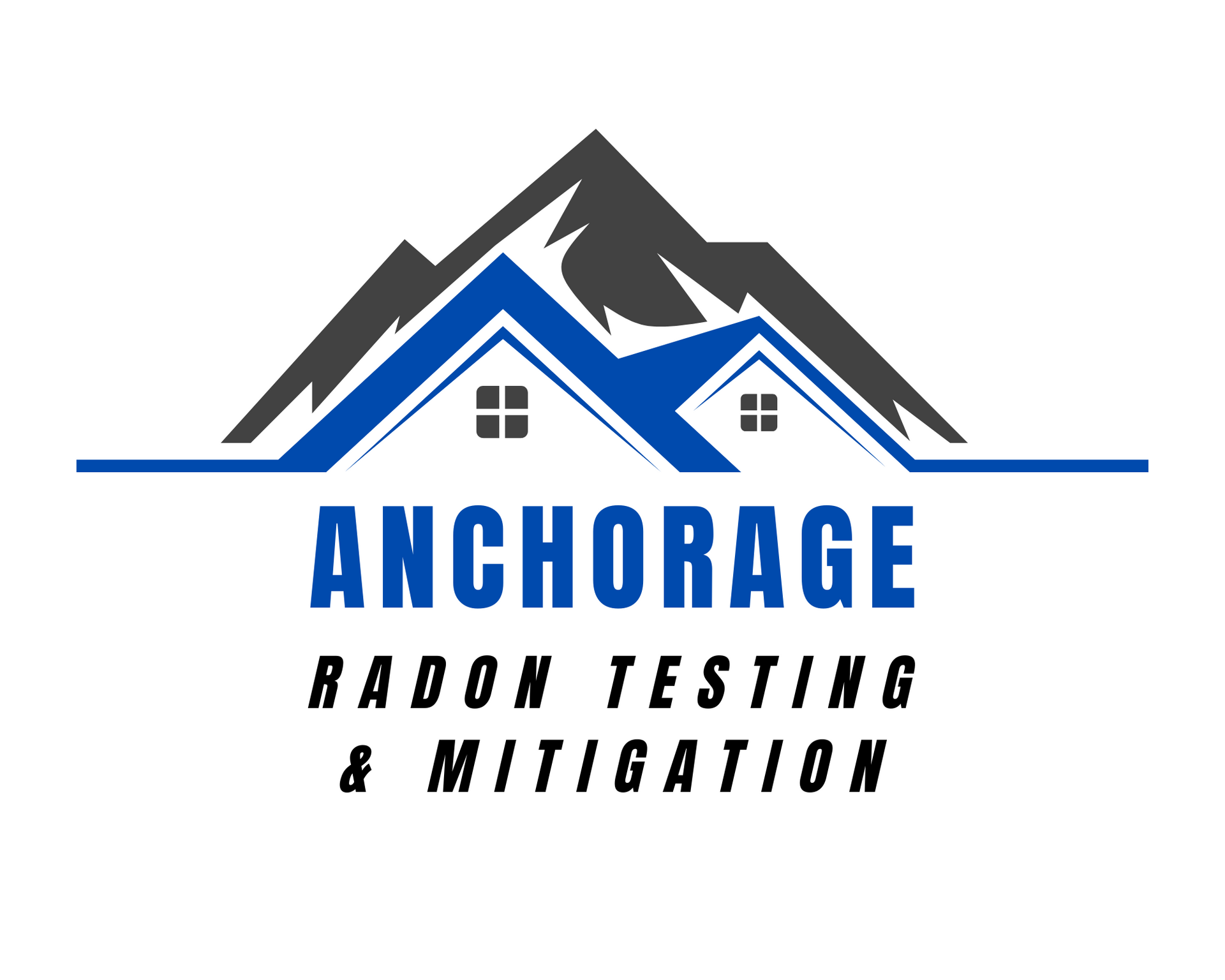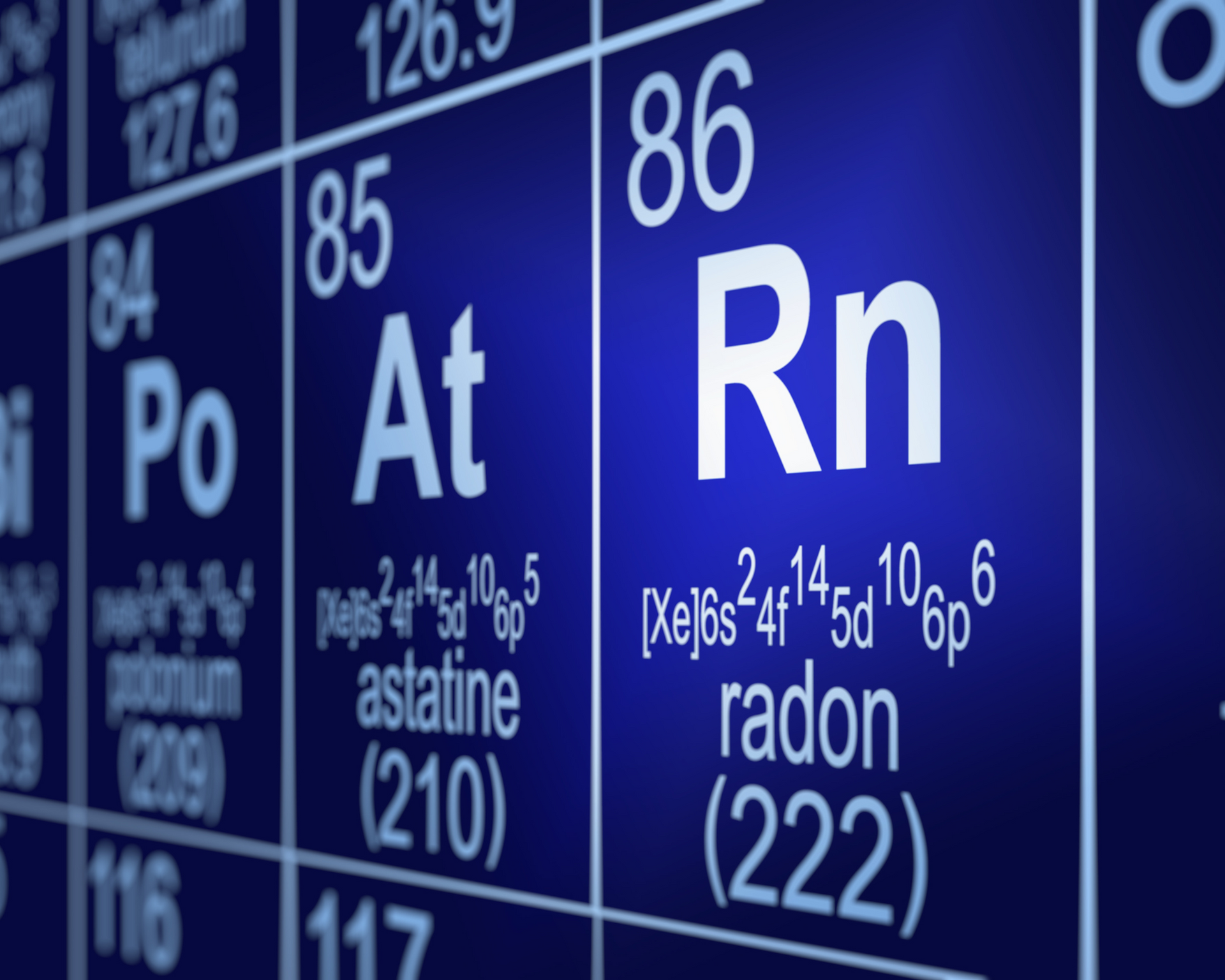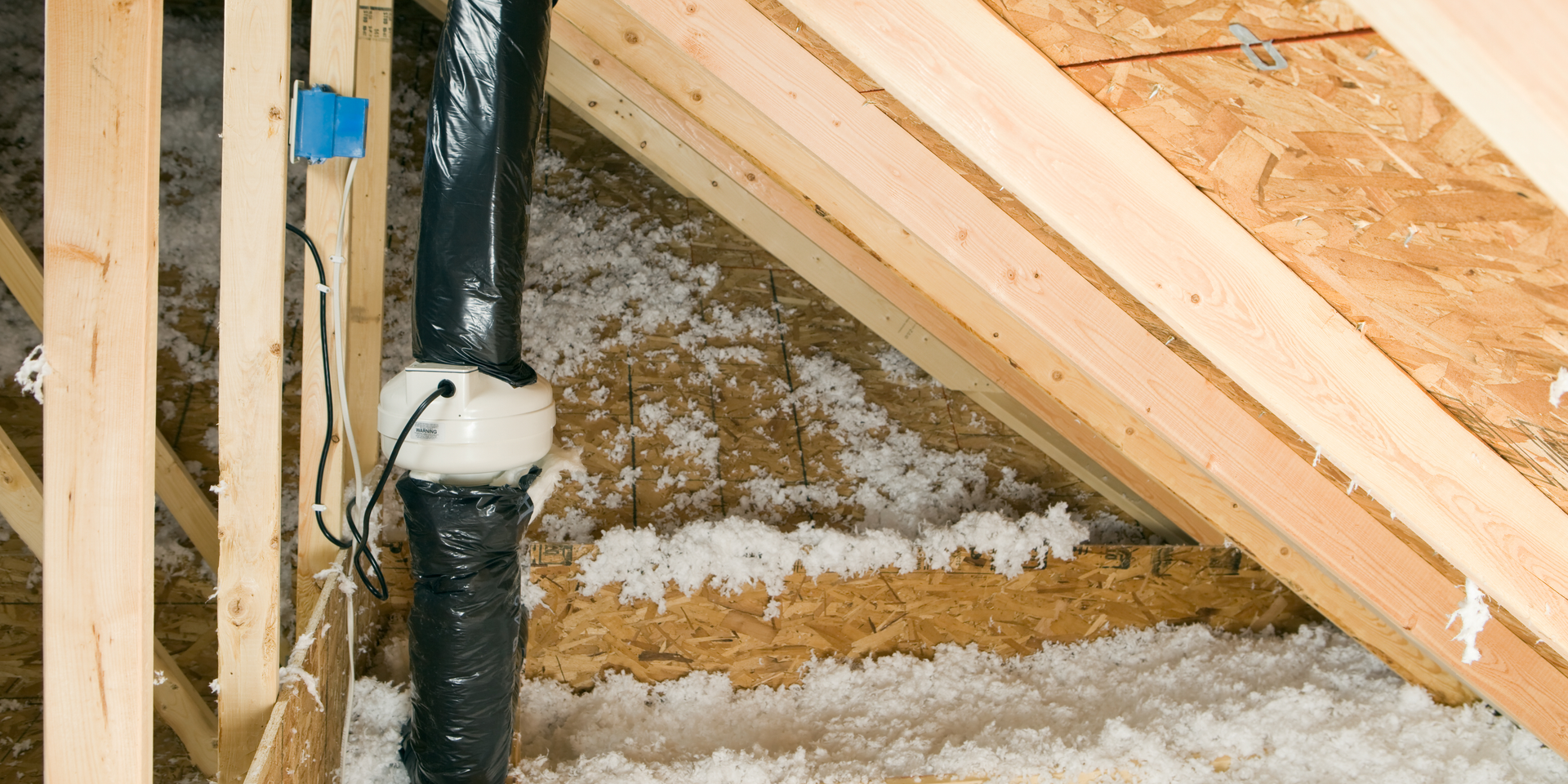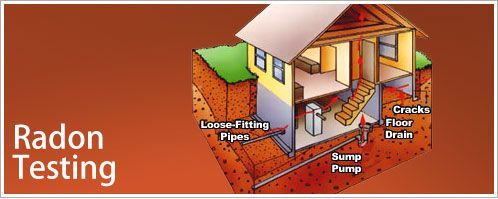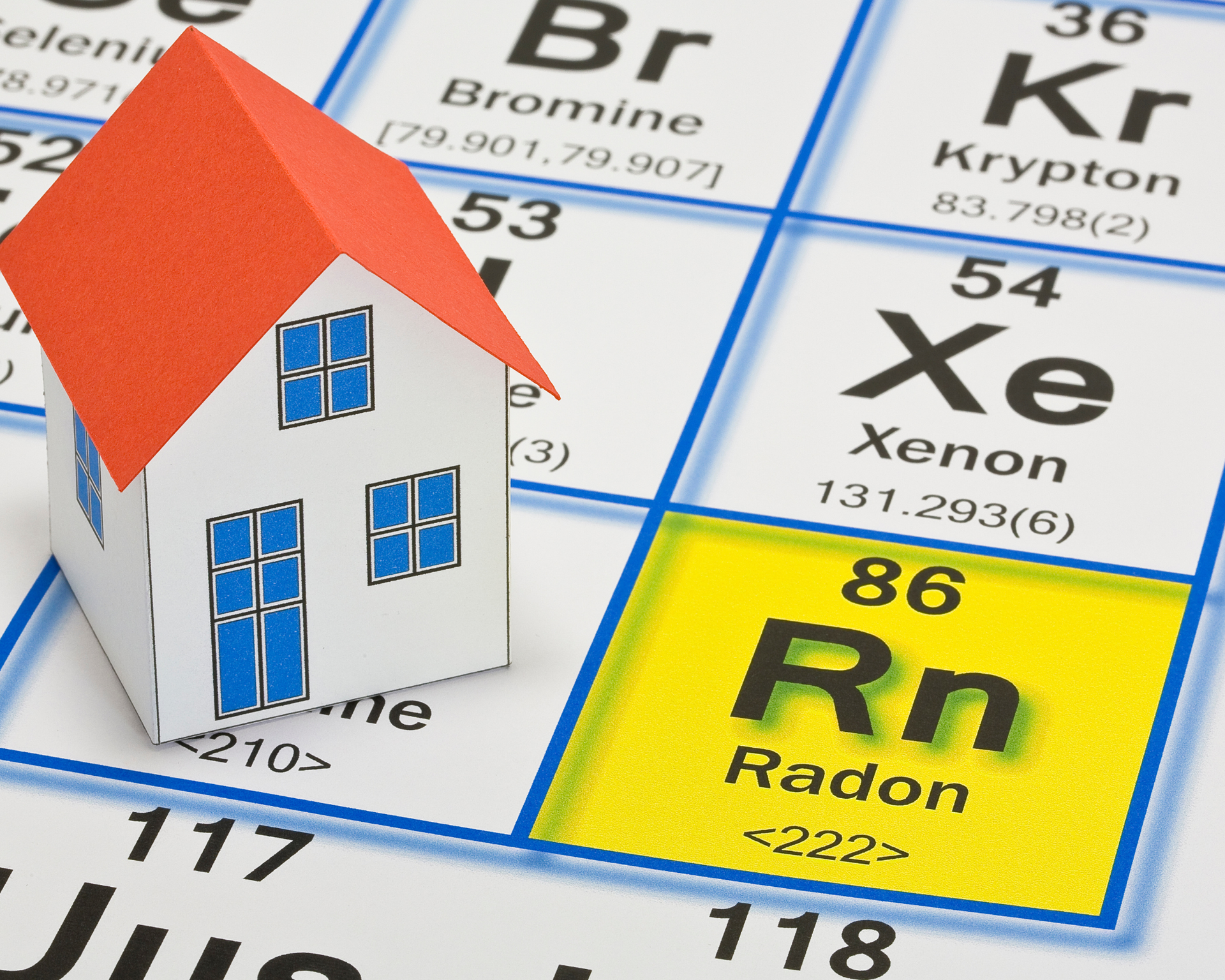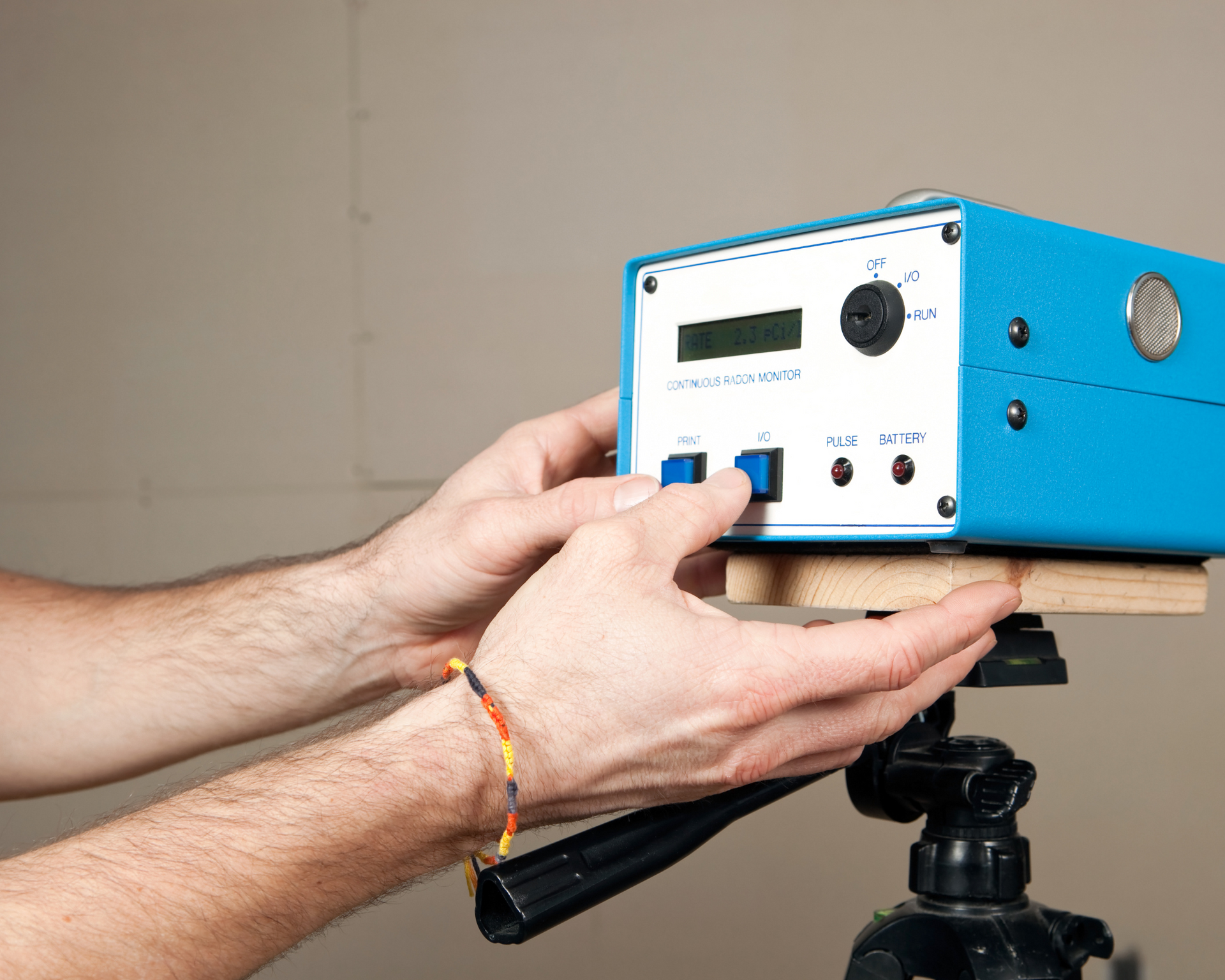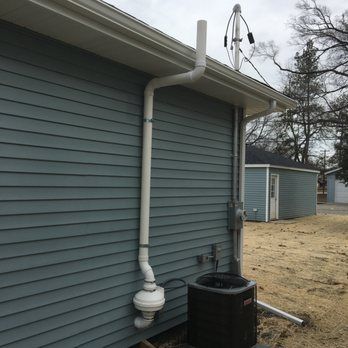How Weather Influences Indoor Concentrations of Radon
Local Meteorological Conditions Can Influence Indoor Radon Levels
Radon gas is odorless, invisible and escapes from the ground. The gas can be harmful to humans in high enough concentrations. Meteorological conditions (i.e. weather) can also play a key role in indoor radon concentrations, in addition to the commonly considered geological factors. Let’s look at how air pressure, temperature and humidity influence radon distribution and concentration:
I The Influence of High- And Low-Pressure Areas On The Concentrations of Radon Gas:
When there are changes in ambient air pressure, this can have a significant effect on the release and concentration of radon from the ground. In lower atmospheric air pressure conditions, a suction is created between the high pressure ground and low pressure air. This tends to draw more radon gas out of the ground. Hence, the radon concentration of the soil increases. With increased pressure, the gas will penetrate buildings more easily through small cracks and joints. By contrast, higher air pressure reduces this suction-flow effect, resulting in a lower radon flow, but without stoping it completely. When barometric air pressure falls it promotes the release of radon, while rising air pressure reduces this effect. When there are frequent atmospheric air pressure fluctuations, we see widely varying radon levels over time.
II Atmospheric Temperature and Humidity Also Influence Radon Levels
The temperature and humidity in the local atmosphere can be decisive factors for the movement and accumulation of radon indoors. With temperature, higher temperatures warm both the air and the ground, which promotes the diffusion of radon from deeper layers to more shallow ones. The upward movement of the gas is particularly noticeable in the warmer summer months. This being said, when local temperatures drop sharply, radon remains closer to the ground and can be found in higher concentrations. In our Alaska winter, the so-called stack effect (indoor rising warm air) also creates a negative pressure difference that can draw radon from the ground indoors. Humidity can increase the radon concentration indoors, as moisture acts as a barrier and prevents air exchange, resulting in less radon escaping. In poorly ventilated rooms in particular, this can lead to long-term radon accumulation. Studies indicate that damp basement areas can be particularly affected.
III Wind & Air Exchange Creates Natural Dilution
The movements of winds play a significant role in the dilution of radon. During windless periods, radon can accumulate near the ground and penetrate buildings. In a poorly sealed building, wind can increase the exchange of air, making it easier for radon to be drawn out of the ground and collecting indoors. Windy days can have a “radon-reducing” effect, as the gas is quickly diluted. At the same time, higher radon levels can occur in wind-protected or poorly ventilated buildings.
IV Soil Conditions & Rainfall
The conditions of the soil and the rainfall amounts also plays a role in radon release:
- Soil types: Radon travels upwards to the surface more easily in loose, well-drained soil. Moist dense soils such as clay, store water well, and can form a natural barrier that prevents radon from rising.
- Precipitation: Rain water can penetrate the soil and displace radon upwards. However, heavy rainfall can slow down radon diffusion. Soils that are saturated for the long term can therefore act as a barrier.
V Temperature and Seasonal Changes
Concentrations of radon can be different depending on the time of day and/or the season. During warmer months, the ground is heated by solar radiation, causing more radon to escape from the ground. During the night and/or colder months, the gas often remains close to the ground. At the same time, the above-mentioned stack effect can lead to an increased levels of radon in buildings in winter, especially in basements. In summer and during the day, higher radon levels are possible outdoors, while at night or in winter the radon concentration indoors can increase due to structural effects.
VI Earthquakes & Their Effects on The Release of Radon
In addition to weather conditions, geological activities such as earthquakes can influence radon concentrations. Vibrations in the ground can cause cracks and fissures that increase the release of radon. The sudden increase in radon levels can therefore also indicate underground shifts and is being investigated in research as a potential indicator of seismic activity.
VII The Concentration of Radon Indoors
The key to identifying and minimizing potential health risks at an early stage is the measurement of radon concentrations indoors. Radon being invisible and odorless, means that only special measuring devices produce reliable monitoring. Radon measurements at regular periods of time are particularly important in basements or in older buildings with cracks in the foundations, which are particularly susceptible to radon coming in. However, elevated radon concentrations can also occur on higher floors in certain buildings. With high-quality measuring devices you can precisely record the radon levels of the indoor air.
Summary
Radon is an invisible health risk that is influenced by various meteorological, geological and structural factors. Residents should be aware of the possibility of increased radon concentrations, especially in regions with high natural radon levels and highly variable weather conditions.
